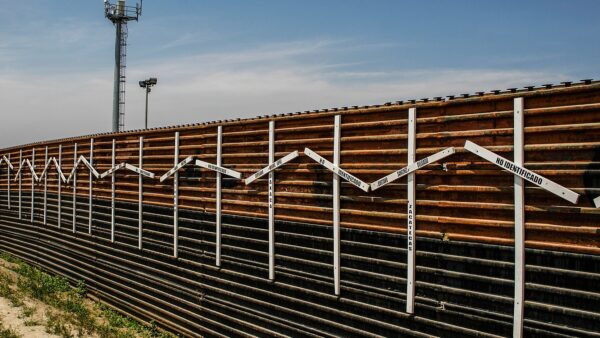The legislature of the Commonwealth of Massachusetts this week signed into law a bill that requires its utilities to buy 1.6GW of their power from offshore wind farms by 2027.
Wind-power proponents hailed the move as “industry-making”.
At present the US has almost no offshore wind assets, so the effect of the law will be to boost confidence in the north-eastern sector, where the offshore wind industry already has a number of projects in preparation.
Energy will have to be bought through 15-20-year power purchase agreements, and tender rounds for suppliers are expected to begin as early as next year.
The American Wind Energy Association (AWEA) welcomed the vote.
“This is industry-making legislation for offshore wind power in the US,” said Andrew Gohn, AWEA’s policy director for the region.
He said consumers would benefit from “thousands of additional megawatts of renewable energy” created through competition between renewable energy sources.
The offshore wind projects required by the new regulations have a minimum size of 400MW, which is twice the capacity of the average land-based wind farm installed in the US last year.
The bill also requires utilities to buy an additional 945 TWh (945 million MWh) of electricity from new renewable and clean energy sources by 2023. This is expected to give an additional boost to onshore wind and solar, as well as hydropower.
So far only a handful of small-scale offshore wind projects have gone on site in US waters, with the first, the 30MW Block Island project off the state of Rhode Island, entering its final construction phase last month.
However, the Department of Energy released a report in September last year that noted that there are 15.7GW of offshore wind schemes in “various stages of development”. Of these, some 13 projects with 6GW of capacity have reached an “advanced phase of development”; 3.3GW are expected to be operation by 2020, and 86GW by 2050.
Image: The London Array Offshore Wind Farm, UK. The US wants to follow Europe’s lead on offshore wind (London Array)






